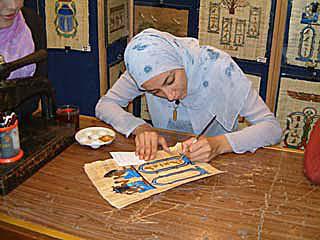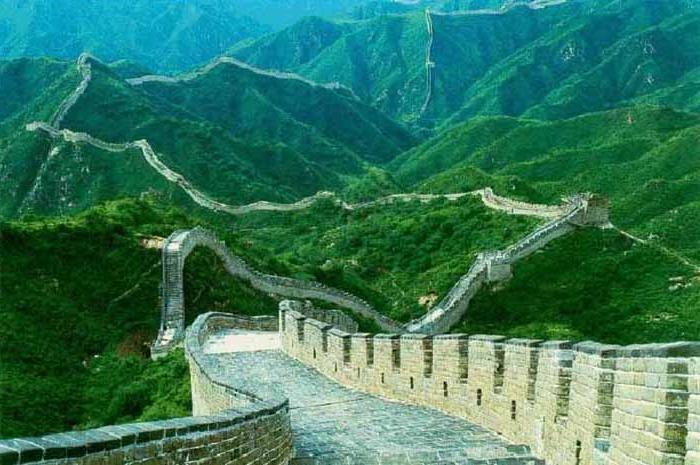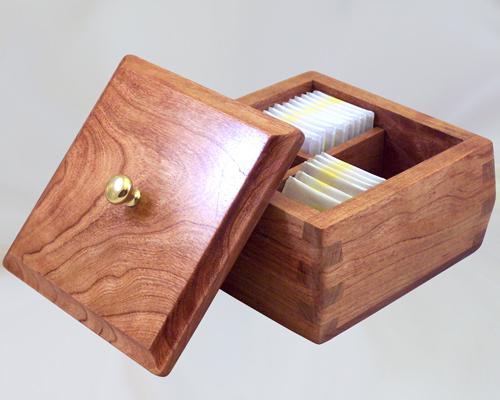Paper making technology: at home, in a factory, in ancient China
On what only did not write humanity! Rocks, walls of caves, wooden, clay and stone tablets, bronze pillars ... Perhaps, thanks to the latter, there was a proverb that not every ax can cope with the written. But none of these materials did not satisfy the need for writing. Until we invented the paper.
The invention of the paper making technology inFor a long time, China was credited with Tsai Lyunya, the imperial dignitary. At least, it was he who first submitted to the Emperor of China a petition for the widespread introduction of his method of making paper. The learned dignitary in a special way mixed hemp and mulberry fibers, ashes, water, cloth rags, laid them in a mold, leveled them as did the manufacturers of parchment and papyrus. The Emperor approved the petition. So it turned out that although such material was made in China long before the request of the dignitary, the invention of the paper is attributed to him.
The technology of making paper has been improved in every country, and over time, paper has become the most popular, although not very high-quality material.
In 1770, the manufacturer, Whatman was able to createinstallation, which freed the finished paper from the traces of the form in which it was dried. After 30 years in France, built the first papermaking machine. Since then, the paper has become known everywhere and has ceased to be a deficit.
Today, the technology of making paper is worked out to the smallest detail and consists of several stages.
At the first stage, the raw materials are prepared. Pine and spruce are chopped, cut into bars, sanded on special machines with the help of the method of dry ocarising. Bark cleared from the bark is ground to the state of wood chips.
The second stage is the production of semi-finished products. The technology of paper manufacturing implies that in woody-oil shops, carefully prepared chips are ground on the grinders, turning it into a wood mass. In the same shops the mass is bleached and thickened.
At the third stage, the pulp andthe thermomechanical mass is mixed, the cellulose is added, sorted, again bleached and only then sent to the paper making machine. On the grids of these machines a canvas is formed, from which the presses squeeze water. Then the paper is dried in cylinders, made smoother by means of calender rolls, wound on rollers, cut to the required formats.
This technology of paper production has only one drawback: it greatly reduces the amount of wood on Earth.
Each stage of industrial paper manufacturing has its name.
- Pre-treatment or accumulation. Raw materials are crushed, mixed with fillers, coloring or bleaching substances, enters a storage pool, the task of which is to ensure the uninterrupted operation of paper machines.
- Refining, i.e. alignment of the paper pulp structure.
Today, some countries (in particular, Japan) make paper manually for souvenirs. It looks peculiar, expensive, but it is considered an excellent gift.
Few people know that you can make paper ... at home.
Home paper making technology
1. Grind the waste paper (napkins, newspapers, etc.), fill it with water, beat it with a mixer until a uniform "dough" is obtained.
2. Add the glue, mix, spread in a tray of mesh covered with gauze. We wring out our hands, level, cover with gauze and put the press.
3. Leave for several days, constantly turning for a uniform outflow of moisture.
Such homemade paper will not be particularly beautiful, but it will be quite suitable for a souvenir, especially made by children.
This is not the only, but the easiest way to make paper at home.








